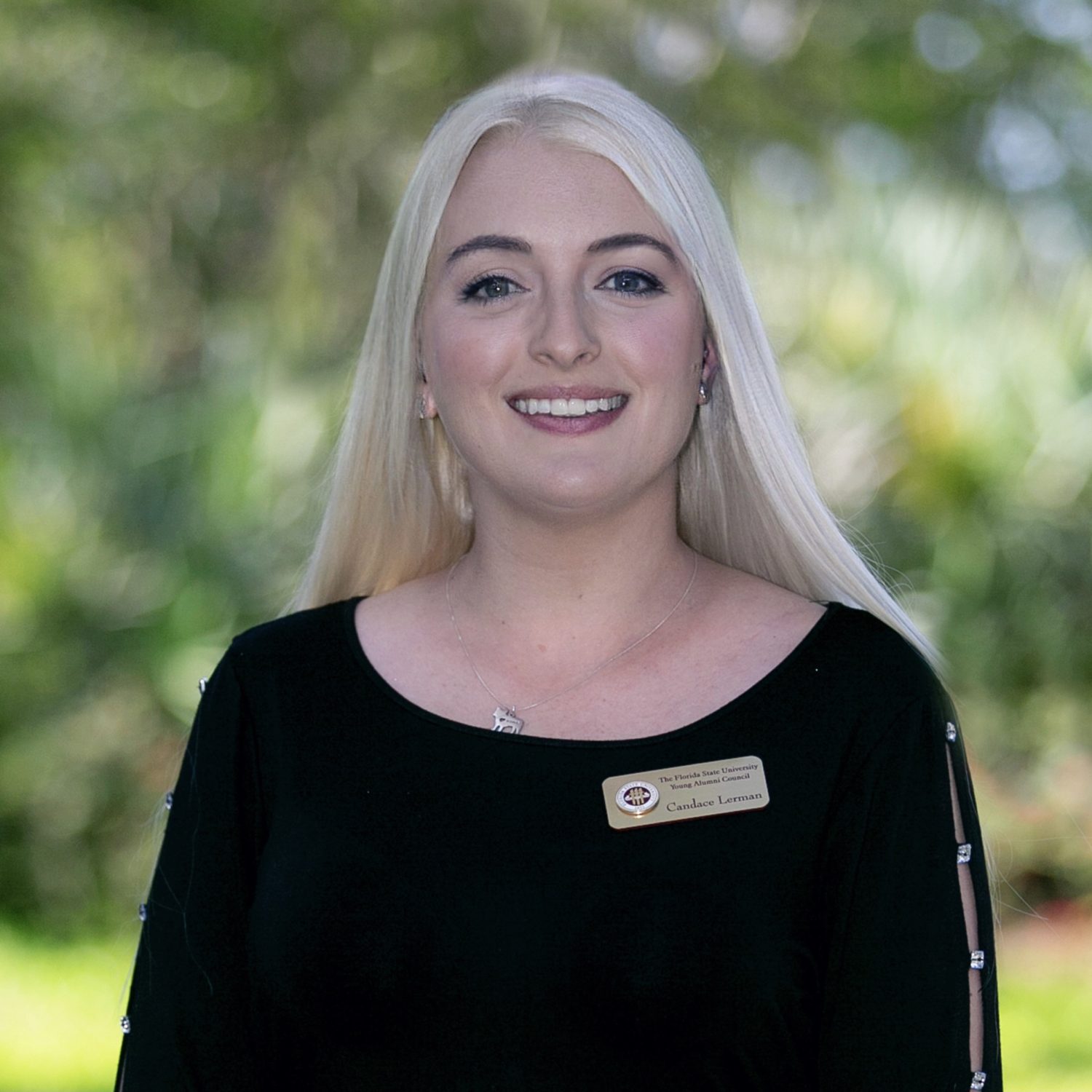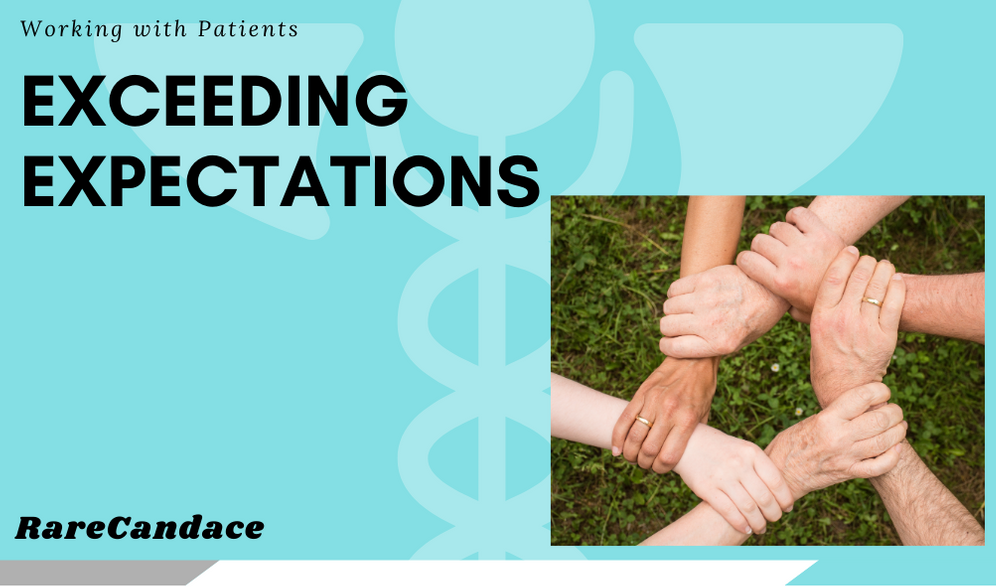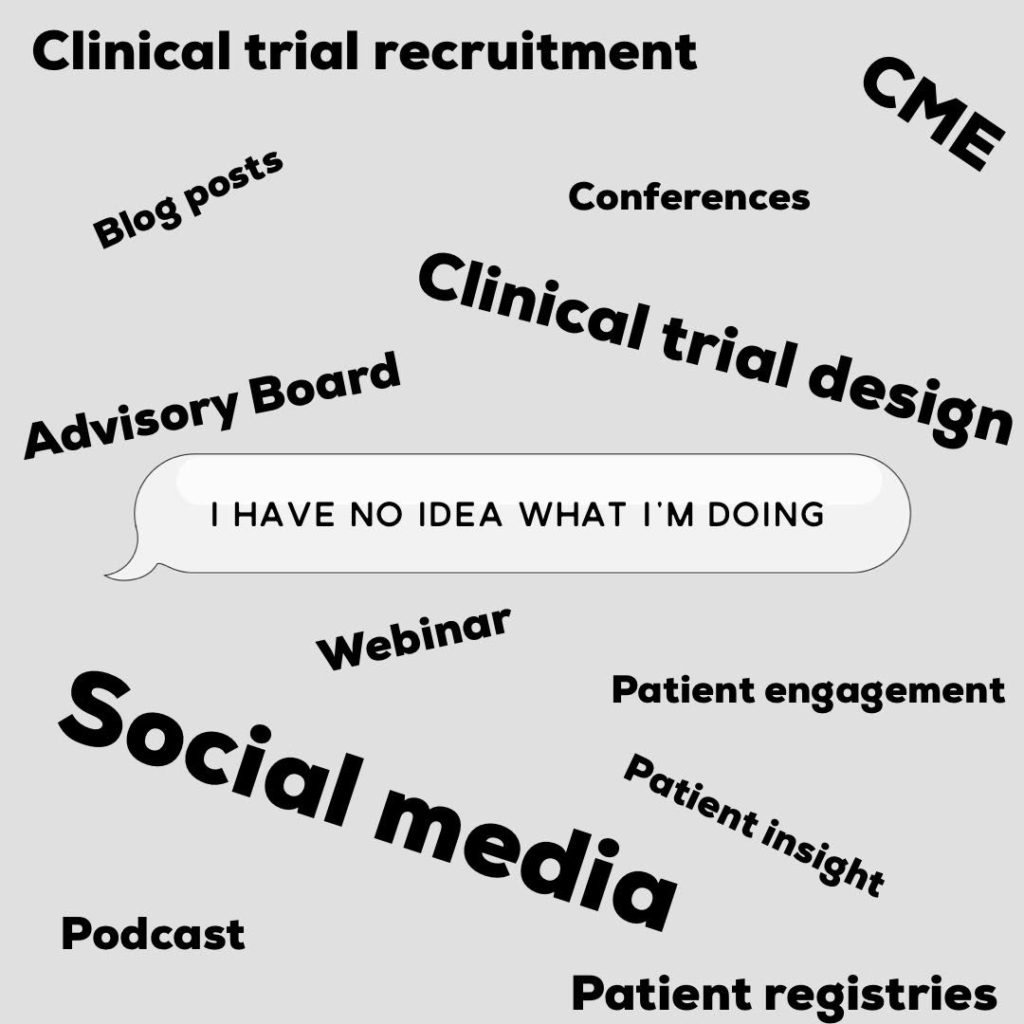With the continued focus on patient inclusion, patient centricity, patient engagement, and putting patients first, companies involved in every aspect of healthcare are creating programs to accomplish their goals. Whether the focus is creating a new app or developing a novel therapy, patient insights are critical to every endeavor. However, each patient community is different, so while some companies have built fantastic programs that optimize working with a specific population, many times those programs don’t translate the same way with a different group.
What seems to be missing are capabilities assessments of patient groups or disease areas. Understanding the ecosystem is essential to building relationships for whatever you’re trying to accomplish. Need to recruit for a clinical trial? You must understand which groups and patient leaders can spread the word. Looking for patient insights for a new technology platform? Your best bet is first grasping where patients are communicating online. Need patient data? Better understand the level of education that the patient community has on data sharing and who controls any registry platforms (if they exist).
Looking at the bleeding disorder community as an example, the groups that comprise our family are vastly different. Obvious differences include diseases themselves: Hemophilia, VwD, ITP, etc. Then add in the differences between men and women, children, teens, young adults, millennials, Gen-X, and baby boomers. Each of our groups share a common bond that we have a blood disorder, but our experiences, needs, and treatment options are very different. I have been fortunate enough to meet a lot of fantastic women with bleeding disorders through the Hemophilia Federation of America. It has been incredibly rewarding discussing our challenges, triumphs, and frustrations living with rare blood conditions. One overall theme was the need for diverse programming. We encounter different obstacles for treatment and care at different milestones in our lives, or unfortunately all at once thanks to COVID-19.
Industry’s response to learning about the patient odyssey are things like patient advisory boards and market research. While these tools are useful and result in solid insight, it does not truly capture the struggles of patients and their caregivers. I’ve had ITP for over six years, no one has ever asked me about side effects from treatments that have derailed my life, or what kind of things I would tolerate when trying a new medication. This is the gateway to a truly enlightening conversation around my disease. It’s also a better gauge of what kinds of information and supports programs are needed when launching a new therapy.
A real annoyance for patients are repetitive programs that seem great, but deliver little assistance. First thing that comes to mind are Apps. How many of these can we download and forget about before industry truly understands our needs? Pain and symptom tracking seem very popular for many chronic conditions, but if we can’t export that data to our doctors in a variety of formats (email, paper copies, uploading into EHR platforms), taking the time to track our issues is useless. Another missed opportunity is building platforms that allow caregivers to also track their observations/experiences with patients. For parents of children with complex medical needs, this has to be super simple, no one wants to sit down at the end of a long day and spend 45 minutes inputting information.
So how does industry truly capture the needs of patients? It starts with relationship building. The people making connections into patient communities need to be patients themselves. Empathy and understanding are the cornerstones of facilitating the conversations needed to truly map disease experience and comprehend what patients need. I have participated in countless projects where patients and industry collaborate, but the most successful ones are led by industry members who can personally relate to us.


